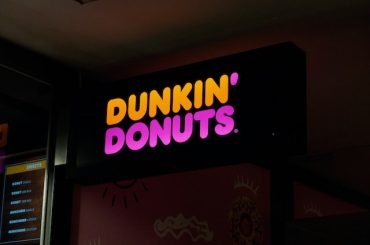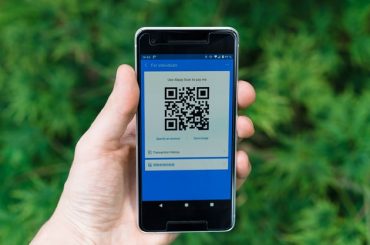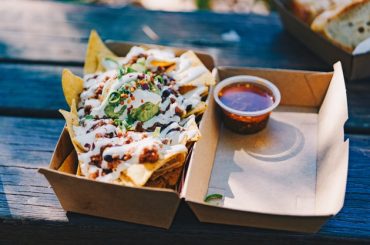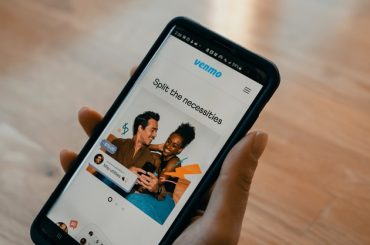Today Domino’s story is a fairy tale of Digital Transformation in the 21st century. But it was not always the case. I remember as a kid, outing for pizza was an event and an opportunity to celebrate with family and friends. We always had a discussion on where to go (I am a 90s kid and there was no home delivery system back then) to eat pizza.
The only choice we had was either Pizza Hut or Domino’s. Pizza Hut was always the winner. Why? Pizza Hut used to give experience and ambiance at the restaurant that Domino’s could not.
Domino’s were boring counters with just a couple of tables and self-service. Whereas Pizza Hut used to give a premium feeling and make my pizza eating experience more special. That’s why we never minded giving Pizza Hut some extra bucks for this premium pricing. How does premium pricing work is a topic for some other time? (Remember technology or digital transformation of services was not of that prime consideration)
Fast forward to 2020, Domino’s has clocked in annual revenue of $14 billion in FY2019 through its 17,020 restaurants across the world. The 11% YoY growth helped the company to gain a net income of $400Mn. Whereas Pizza Hut’s largest franchisee in the US, NPC, has filed for Chapter 11 bankruptcy on 1st July 2020.
Here are some more jaw-dropping facts about Domino’s:
- Had you invested $1000 in Domino’s in 2004 (the year it went public), the investment would have been worth $58,000 today (surprisingly the return is more than that of Google Apple, Amazon, and Netflix)
- The increase in same-store sales has never been below 4% and frequently been above 10%.
- Globally Domino’s opened an average of >3 stores per day in 2019.
But perception of Domino’s brand was something different back in 2009. Some of the customer feedback Domino’s received:
Domino’s crust tastes like cardboard.
The sauce tastes like ketchup.
This is an imitation of pizza.
Led by J. Patrick Doyle, Domino’s turned things around by first acknowledging that its pizza sucked. Domino’s launched a campaign “Oh yes we did”. Domino’s then spokesperson Chris Brandon said “Our ‘Oh Yes We Did’ campaign only shows consumers that we have indeed been hearing what they have to say — but it also shows them how we have done so.” They also released a video with their employees reading negative comments out loud. Here is the video for you:
Patrick Doyle has led a remarkable transformation of Domino’s Pizza. His impact on the food, the technology, the operations, and the international expansion of this brand has been game-changing.
Cheryl Bachelder, former CEO of Popeyes Louisiana Kitchen.
So what did Patrick do? He pursued a multi-pronged strategy mainly relying on digital transformation:
- Domino’s got rid of their 49 years old recipe. Now they included delicious garlic, buttery crust, and added a category “Specialty Pizza” consisting of lightly breaded chicken topped with cheese and exotic toppings such as bacon and jalapeno.
- The real change came with the digital transformation of the supply chain. This step completely changed the brand perception of Domino’s from a pizza delivery company to a technology company.
Digital Transformation journey of Domino’s
Domino’s invested heavily in digital capabilities. However, in order to execute on these digital innovations, Domino’s first built rock-solid IT capabilities that could allow the company to internally develop these new digital innovations. It could now provide its services in technologically advanced ways that people could only dream of in 2009.
The innovations have been effective as they are closely aligned with the company’s franchise business model. Let’s have a glimpse of its digital journey:
- 2008: Domino’s launched its “Pizza Tracker“ technology to keep customers updated on the progress of their order. The technology allows Domino’s to extend its centralized services such as supply chain management and IT to its franchisees, thus simplifying the franchise’s operations and improve cost management.
- 2011: Domino’s launched its iPhone application, allowing customers to order on the go. The mobile-first approach worked exceptionally well for the brand. Mobile ordering quickly became the dominant ordering channel.
- 2015: Domino’s launched Anyware that allows customers to order from anywhere and anytime through a device. Customers can order from a plethora of devices including Amazon Echo, Google Home, Siri, Smartwatches, Smart TVs, Slack, Facebook Messenger, Twitter, and more.
- 2016: Domino’s shocked the world with first ever Drone delivery of pizza in New Zealand. (It was a Peri-Peri Chicken Pizza and a Chicken and Cranberry Pizza 🙂 )
- In June’20 Domino’s launched “Domino’s Carside Delivery service” as its way to fight against COVID but through digital transformation in its carryout method. Customers have now an option in application or website to choose Domino’s Carside delivery. Customers now have an option to stay in the vehicle while their order will be delivered at any location of the vehicle of their preference. Be it back seat or trunk. Making the entire process contactless, convenient, and safe.
Fun Fact: Domino’s has dared to open stores in Pizza inventor ITALY
Do you still have a doubt that Domino’s is a pizza delivery company? Naah.. It’s much more technically advanced than a technology company. Half of its workforce at headquarters is in software and analytics. Domino’s has made pizza ordering practically as easy as breathing. But how did it activate critical enablers of digital transformation? How did it choreograph and orchestrate the digital transformation (change management)? That’s a story for some another time….
Craving for Pizza now?
Interested in reading more Marketing Strategy Stories? Check out our collection.
-AMAZONPOLLY-ONLYWORDS-START-
Also, check out our most loved stories below

Johnnie Walker – The legend that keeps walking!
Johnnie Walker is a 200 years old brand but it is still going strong with its marketing strategies and bold attitude to challenge the conventional norms.

Starbucks prices products on value not cost. Why?
In value-based pricing, products are price based on the perceived value instead of cost. Starbucks has mastered the art of value-based pricing. How?

Nike doesn’t sell shoes. It sells an idea!!
Nike has built one of the most powerful brands in the world through its benefit based marketing strategy. What is this strategy and how Nike has used it?

Domino’s is not a pizza delivery company. What is it then?
How one step towards digital transformation completely changed the brand perception of Domino’s from a pizza delivery company to a technology company?

BlackRock, the story of the world’s largest shadow bank
BlackRock has $7.9 trillion worth of Asset Under Management which is equal to 91 sovereign wealth funds managed. What made it unknown but a massive banker?

Why does Tesla’s Zero Dollar Budget Marketing Strategy work?
Touted as the most valuable car company in the world, Tesla firmly sticks to its zero dollar marketing. Then what is Tesla’s marketing strategy?
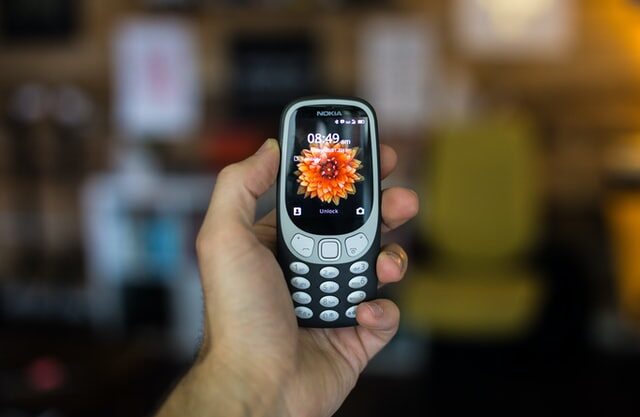
The Nokia Saga – Rise, Fall and Return
Nokia is a perfect case study of a business that once invincible but failed to maintain leadership as it did not innovate as fast as its competitors did!

Yahoo! The story of strategic mistakes
Yahoo’s story or case study is full of strategic mistakes. From wrong to missed acquisitions, wrong CEOs, the list is endless. No matter how great the product was!!

Apple – A Unique Take on Social Media Strategy
Apple’s social media strategy is extremely unusual. In this piece, we connect Apple’s unique and successful take on social media to its core values.
-AMAZONPOLLY-ONLYWORDS-END-



